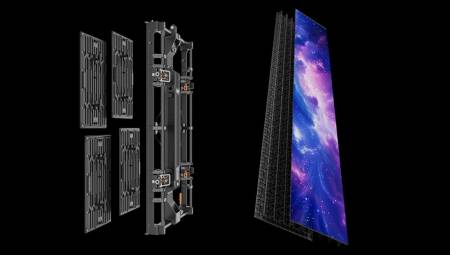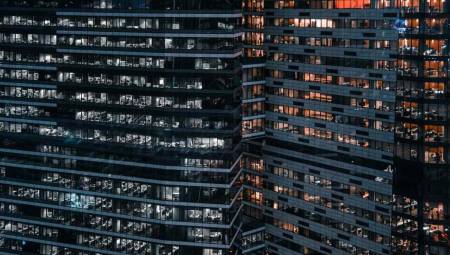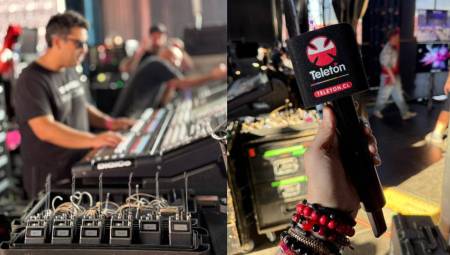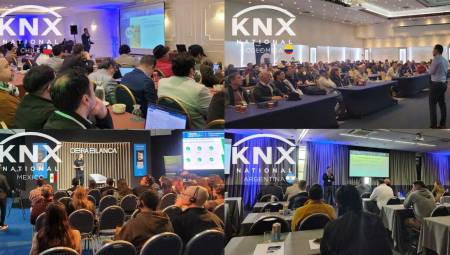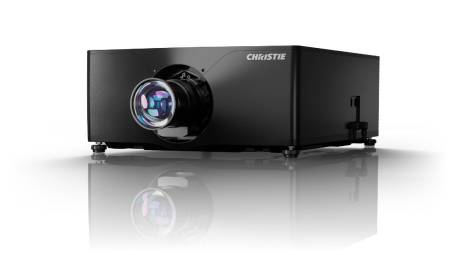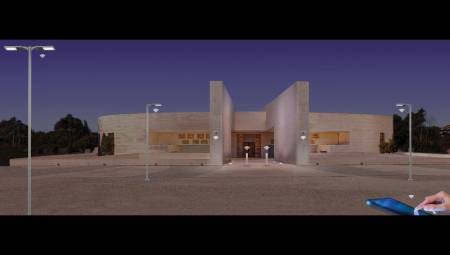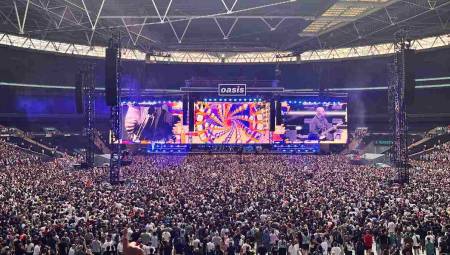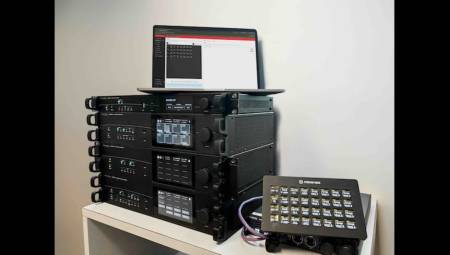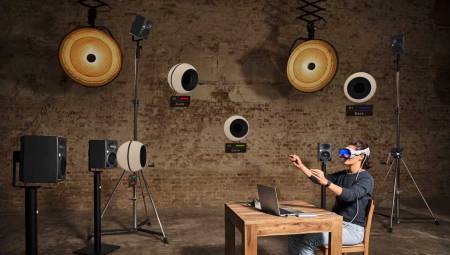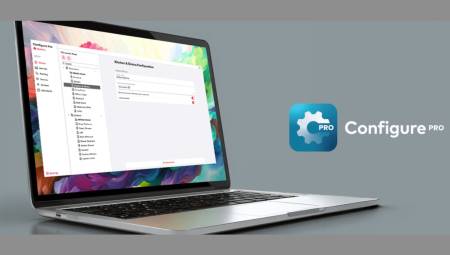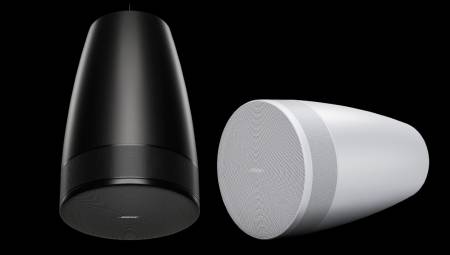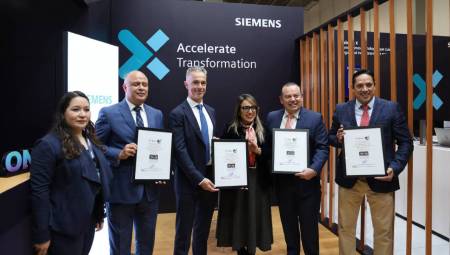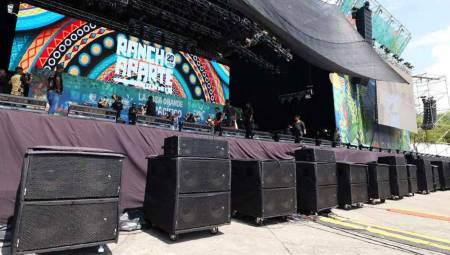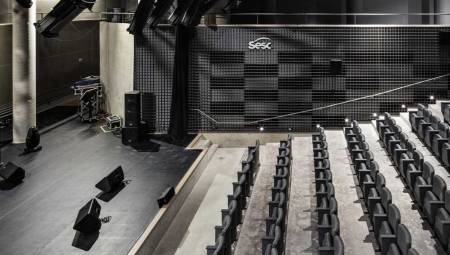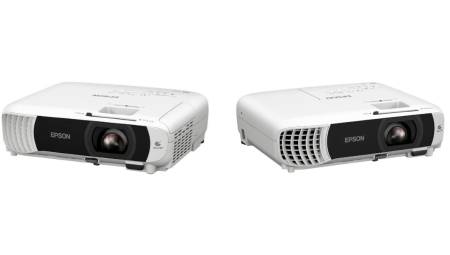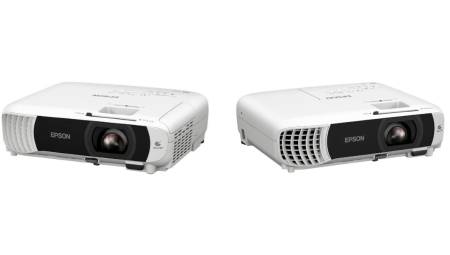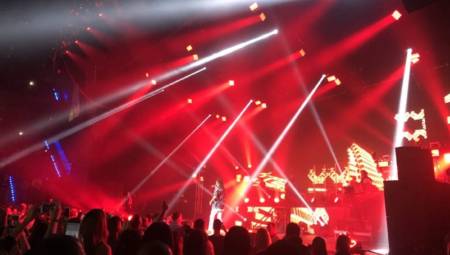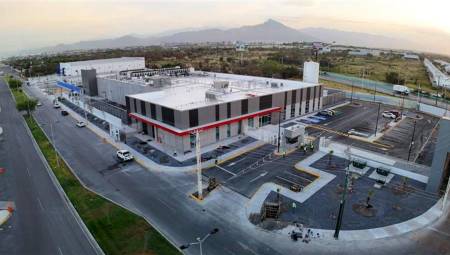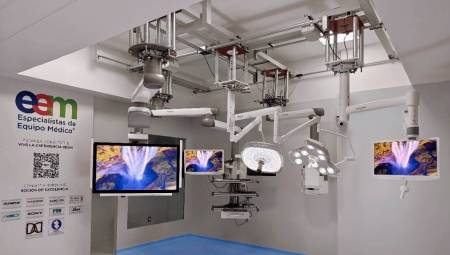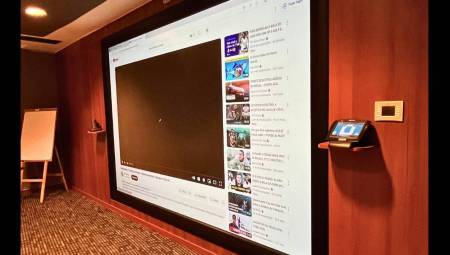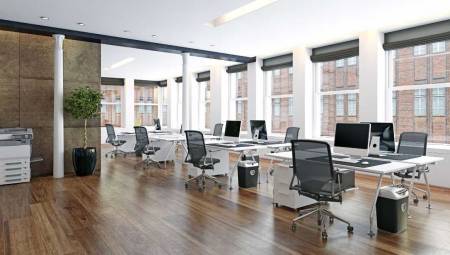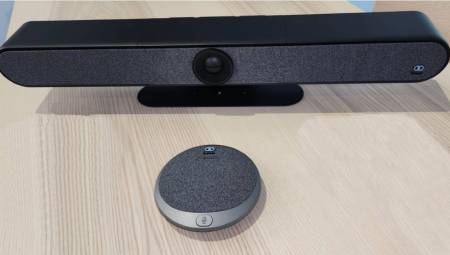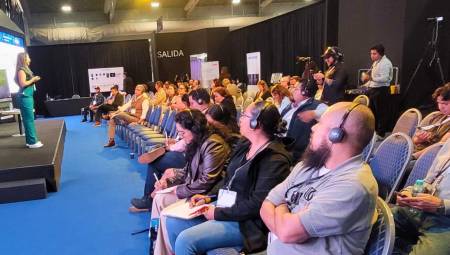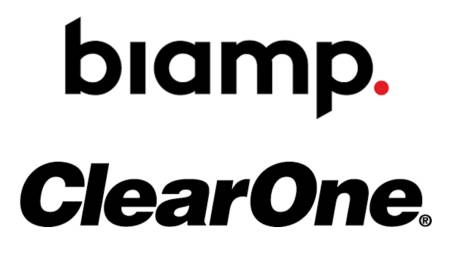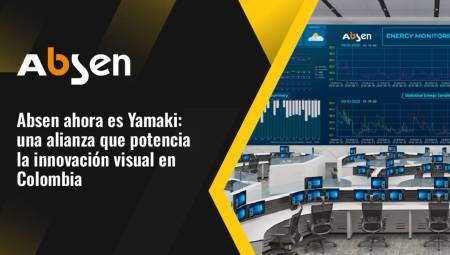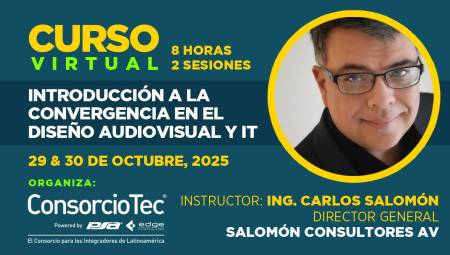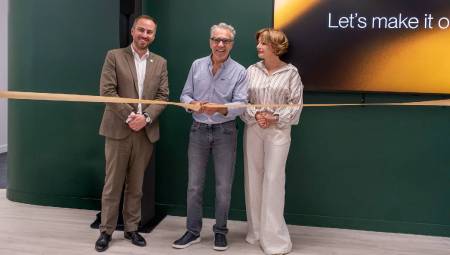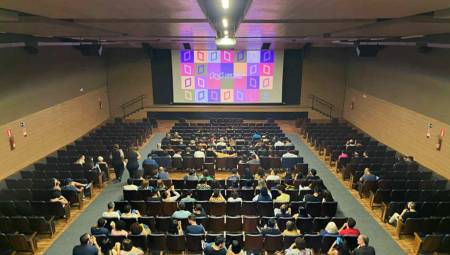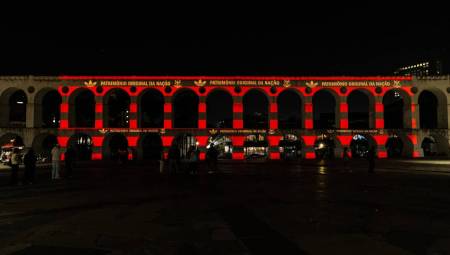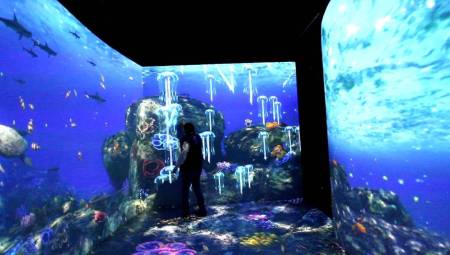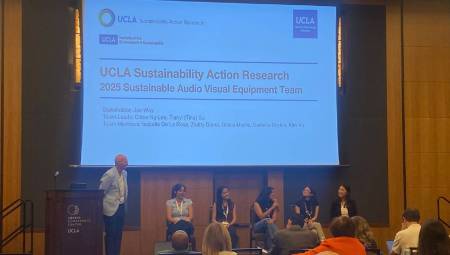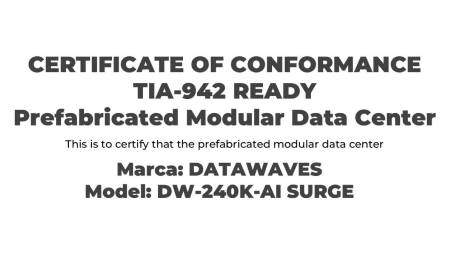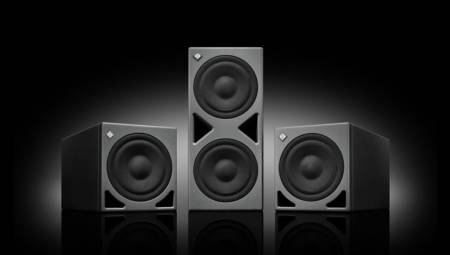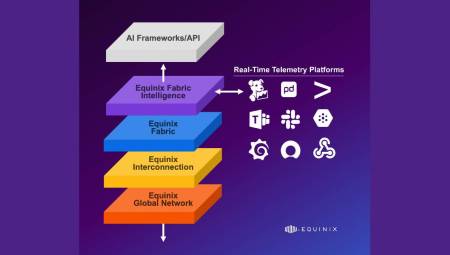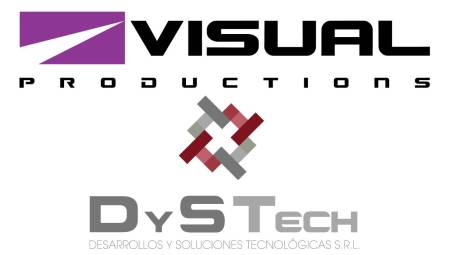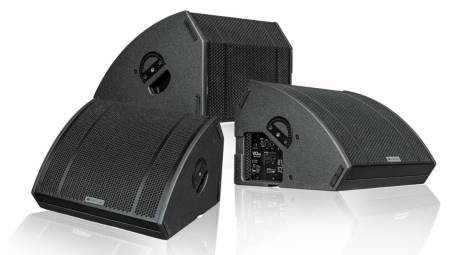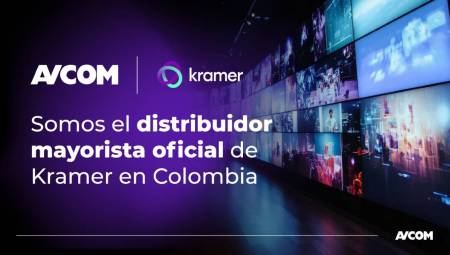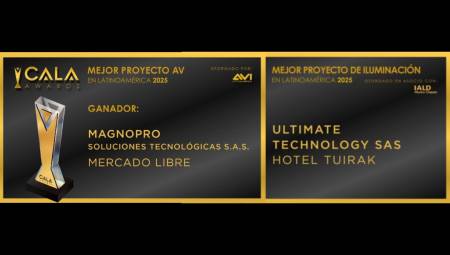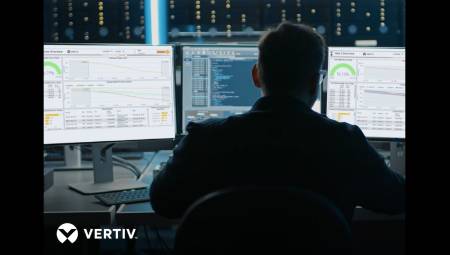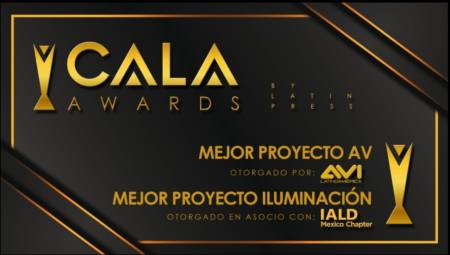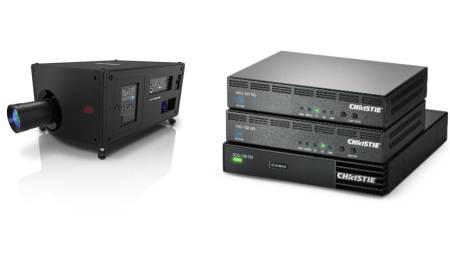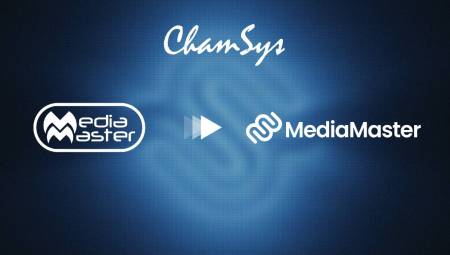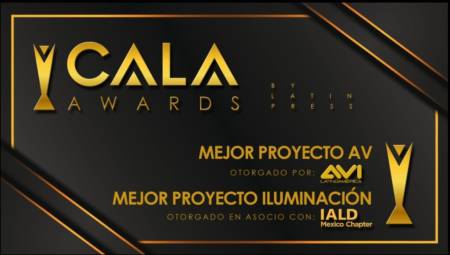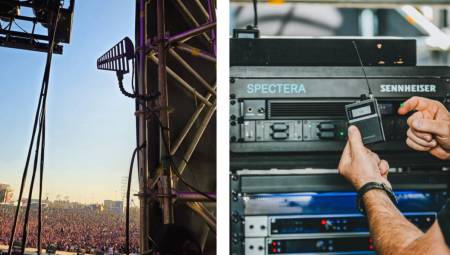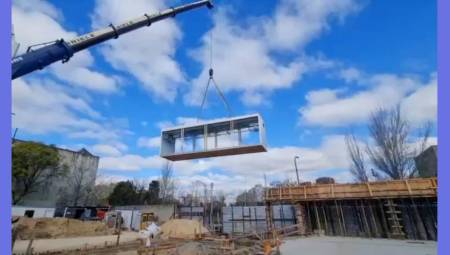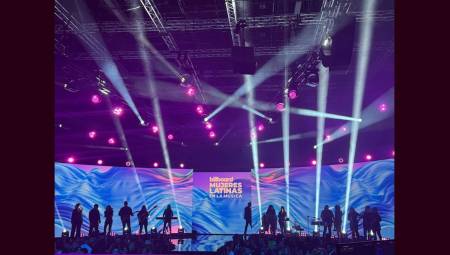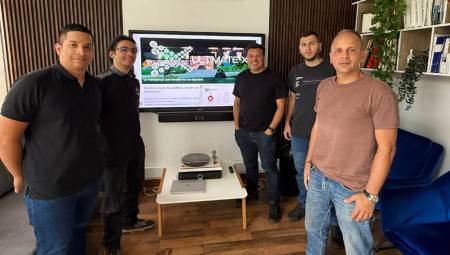 Latin America. In any business, church, hotel, theater and even at home the use of spaces is extremely important and valuable. A motorized projection screen – which rolls up and down – is an excellent option to free up space, allowing multiple uses of it.
Latin America. In any business, church, hotel, theater and even at home the use of spaces is extremely important and valuable. A motorized projection screen – which rolls up and down – is an excellent option to free up space, allowing multiple uses of it.
Six important considerations for selecting a motorized display:
1. Size
The ideal size depends on the space and format (aspect ratio) of the content that will commonly be displayed.
Visual height of the image: specify the largest one that fits in the space. Limitations include ceiling height, furniture in the area, other obstacles, such as presenters who need to stand in front of the screen.
Visual width of the image: content of a single format (aspect) is rarely displayed, such as videos, presentations, movies, among others. You should consider how the different formats will appear on a given screen and select the best option.
2. Choice of material
Low gain screens: they are selected in areas where the light is controlled.
High-gain displays: These are used to improve image brightness when projectors have insufficient light output and where the limited visual angle is not an issue.
White screens: chosen for their light scattering qualities, wide viewing angles and lower cost.
Gray screens: Selected to preserve contrast levels and provide deeper color saturation. Gray screens are also used in rooms with lots of ambient light.
Ambient Light Rejection (ALR) screens: designed to redirect light – other than that emitted by the projector – away from the viewer's field of view and to absorb indirect light. ALR screens are used in rooms with a lot of ambient light.
Black screens: They work best in areas with a lot of ambient light and should be used in conjunction with very powerful light projectors.
Other screen materials are available for specific purposes. Some materials have a black reinforcement behind which absorbs backlight, such as light coming from windows.
3. Tensioning
Side tensioning allows the screen material to be completely flat from side to side. The result will always be a better screen.
4. Position
Height of the case (housing): it is determined according to the ideal place where the projection screen is to be installed, either on the ceiling, a beam or on the wall. The box may be hidden or visible. Hiding the box involves embedding it in the ceiling, ceiling or covering it with a cosmetic material that suits the decoration. Typically the color of the box is white or black.
Image above the floor: The bottom of the image should be placed in such a way that all viewers can see it comfortably.
5. Edges
Bottom Edge: In some situations, an extra-long bottom edge may be required to hide furniture or speakers that will be behind the screen or simply to lower the screen to floor level for aesthetic reasons. In these circumstances, the additional length of the lower edge should be determined and included in the design.
Top edge: When the distance from the bottom of the image to the bottom of the box (housing) is greater than the height of the image, the difference is filled with a black top edge. Ideally, the image is positioned so that the viewer is not forced to look too far up in order to see the full screen. In these circumstances, the additional length of the top edge should be determined and included in the design.
Side edges: the width of the side edges is decided cosmetically. The total width of a tensioned motorized display must be at least 1.33 times the total height. When there is a lot of top edge, it is very possible that the side edges need to be wider.
6. Location of the speakers
If the speakers are placed behind the screen to increase realism and immersive experience, an acoustically transparent material will be needed.
Text published by the company AVITECH Plus.





